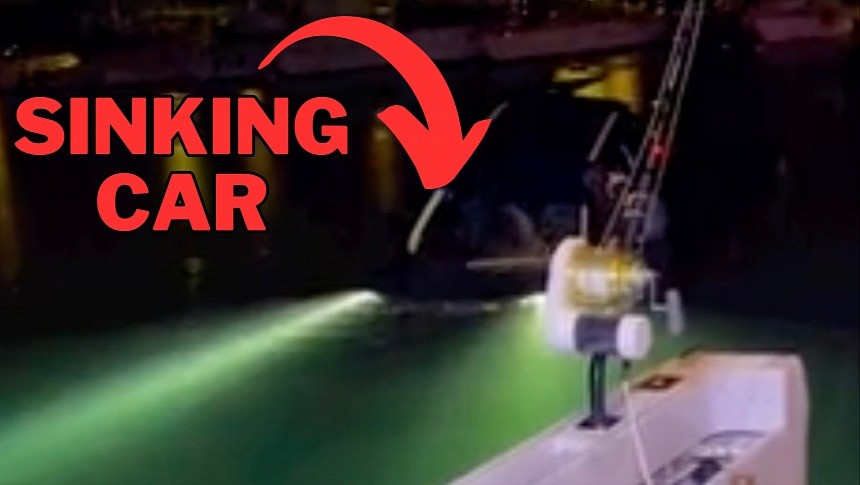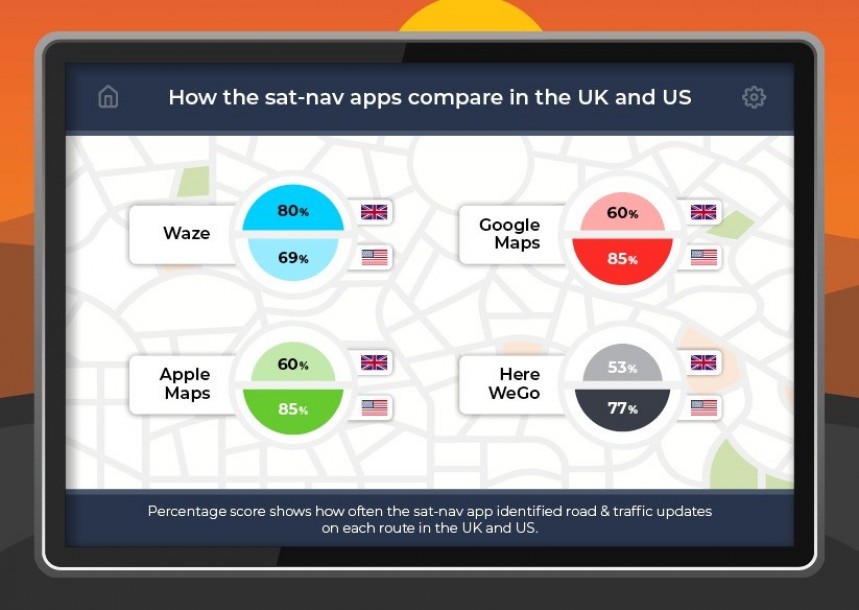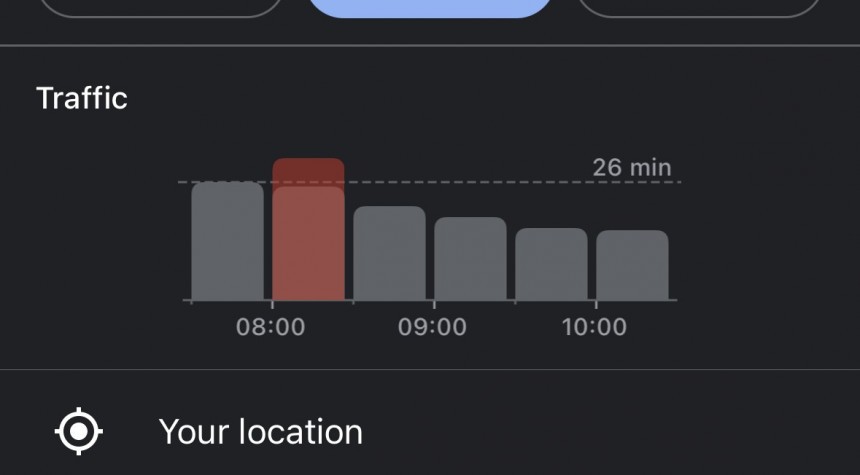Google Maps, Apple Maps, Waze, and all the other navigation apps out there have become a must-have weapon of the modern driver.
And it all happens for a good reason. With these navigation solutions, it's incredibly convenient to navigate to a specific location, as the applications provide step-by-step guidance to find the desired address.
Thanks to Google Maps, for example, you can navigate to any location using turn-by-turn instructions. Waze helps drivers get around slowdowns and traffic jams, while Apple Maps provides 3D navigation to users in specific regions.
At the end of the day, once you try out a navigation solution, it's difficult to go back, as they make every minute you spend behind the wheel feel safer and more convenient.
On the other, Achille's heel of all these navigation applications is the map data. While Google and Apple have all struggled to make the map as accurate as possible, every little change on the road can eventually break the navigation engine.
This means the driver could end up being sent to a road that is otherwise closed, simply because these navigation apps can't be fully aware of what's happening out there. Waze is trying to address this shortcoming using crowdsourcing and a large community of map editors, but even so, making changes to the map data in real time is still impossible.
As such, the best advice someone could give you is to avoid blindly trusting the likes of Google Maps. In other words, you should always (but always!) keep an eye on road signs, as they are the ones that'll always guide you correctly to a configured destination.
A recent case from Hawaii Island serves as living proof that no matter what you do, you should never take the likes of Google Maps for granted.
A woman following the sat-nav in the car blindly trusted the route guidance until the application told her to get into the sea at the Honokohau Small Boat Harbor in Kailua-Kona. Oddly enough, this is precisely what she did, driving right into the water on the boat ramp.
A video shared on Instagram by 4reels808 shows the incident took place in the evening, so the darkness probably made it more difficult for the driver to figure out what was happening ahead. On the other hand, it's hard to imagine someone driving on a boat ramp in the first place, especially when you see no traffic and boats all around you.
Fortunately, it all ended with no injuries, as the woman managed to get out of the vehicle before it got underwater. Of course, escaping from a sinking car isn't necessarily easy, especially as the woman can be seen trying to get her belongings before getting out.
The dramatic scene was caught on camera, and while netizens mock the woman for turning on the wipers, the whole thing most likely took place because of the rain sensors. The car probably activated the windshield wipers automatically, or, if anything, the woman did it as she panicked after ending up in the water.
Unfortunately, this isn't the first time such an accident has happened because the driver trusts the navigation app blindly.
Back in 2020, a similar incident ended up with the driver of a car freezing to death after following the directions provided by Google Maps.
A Russian driver and his passenger were directed by Google Maps from a highway to a secondary road that the application estimated would have made the route faster. After following the app's instructions, the two young Russians entered a snow-covered closed road. Their vehicle eventually broke down in a region without a cellular signal, so it was impossible to reach out to the emergency teams to ask for help.
After trying to walk to the closest city, the two Russians decided to stay in the vehicle, hoping someone would find them. Due to the brutally cold weather, the driver eventually froze to death, while the passenger was found by the emergency teams with severe injuries.
Google Maps, Waze, and Apple Maps are incredibly valuable tools for drivers, making it easier for anyone to find a specific location, especially in new places. As I said earlier, their biggest shortcoming is the map data, as providing drivers with up-to-date information is pretty much impossible.
This is a critical thing that all drivers should always keep in mind. Trusting navigation apps blindly is never a good idea, especially as they could end up being sent to the middle of nowhere for absolutely no reason. If you still want to use Google Maps, Waze, or another navigation app for turn-by-turn guidance to a new destination, you should always double-check the road signs. This way, you can be sure the navigation data is accurate, without risking your life and reducing the chances of ending up in the middle of nowhere.
Thanks to Google Maps, for example, you can navigate to any location using turn-by-turn instructions. Waze helps drivers get around slowdowns and traffic jams, while Apple Maps provides 3D navigation to users in specific regions.
At the end of the day, once you try out a navigation solution, it's difficult to go back, as they make every minute you spend behind the wheel feel safer and more convenient.
On the other, Achille's heel of all these navigation applications is the map data. While Google and Apple have all struggled to make the map as accurate as possible, every little change on the road can eventually break the navigation engine.
This means the driver could end up being sent to a road that is otherwise closed, simply because these navigation apps can't be fully aware of what's happening out there. Waze is trying to address this shortcoming using crowdsourcing and a large community of map editors, but even so, making changes to the map data in real time is still impossible.
As such, the best advice someone could give you is to avoid blindly trusting the likes of Google Maps. In other words, you should always (but always!) keep an eye on road signs, as they are the ones that'll always guide you correctly to a configured destination.
A woman following the sat-nav in the car blindly trusted the route guidance until the application told her to get into the sea at the Honokohau Small Boat Harbor in Kailua-Kona. Oddly enough, this is precisely what she did, driving right into the water on the boat ramp.
A video shared on Instagram by 4reels808 shows the incident took place in the evening, so the darkness probably made it more difficult for the driver to figure out what was happening ahead. On the other hand, it's hard to imagine someone driving on a boat ramp in the first place, especially when you see no traffic and boats all around you.
Fortunately, it all ended with no injuries, as the woman managed to get out of the vehicle before it got underwater. Of course, escaping from a sinking car isn't necessarily easy, especially as the woman can be seen trying to get her belongings before getting out.
The dramatic scene was caught on camera, and while netizens mock the woman for turning on the wipers, the whole thing most likely took place because of the rain sensors. The car probably activated the windshield wipers automatically, or, if anything, the woman did it as she panicked after ending up in the water.
Unfortunately, this isn't the first time such an accident has happened because the driver trusts the navigation app blindly.
Back in 2020, a similar incident ended up with the driver of a car freezing to death after following the directions provided by Google Maps.
After trying to walk to the closest city, the two Russians decided to stay in the vehicle, hoping someone would find them. Due to the brutally cold weather, the driver eventually froze to death, while the passenger was found by the emergency teams with severe injuries.
Google Maps, Waze, and Apple Maps are incredibly valuable tools for drivers, making it easier for anyone to find a specific location, especially in new places. As I said earlier, their biggest shortcoming is the map data, as providing drivers with up-to-date information is pretty much impossible.
This is a critical thing that all drivers should always keep in mind. Trusting navigation apps blindly is never a good idea, especially as they could end up being sent to the middle of nowhere for absolutely no reason. If you still want to use Google Maps, Waze, or another navigation app for turn-by-turn guidance to a new destination, you should always double-check the road signs. This way, you can be sure the navigation data is accurate, without risking your life and reducing the chances of ending up in the middle of nowhere.









